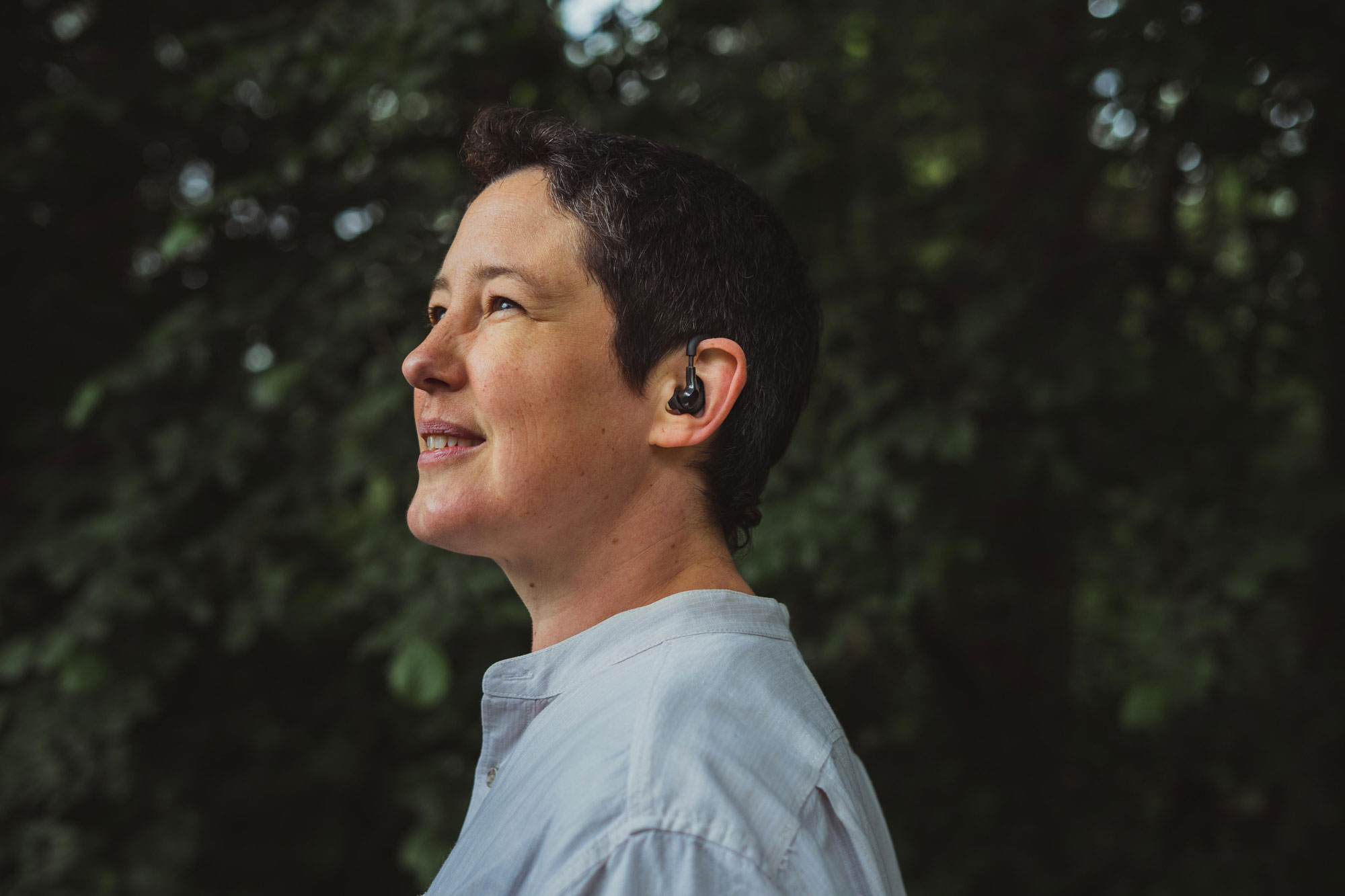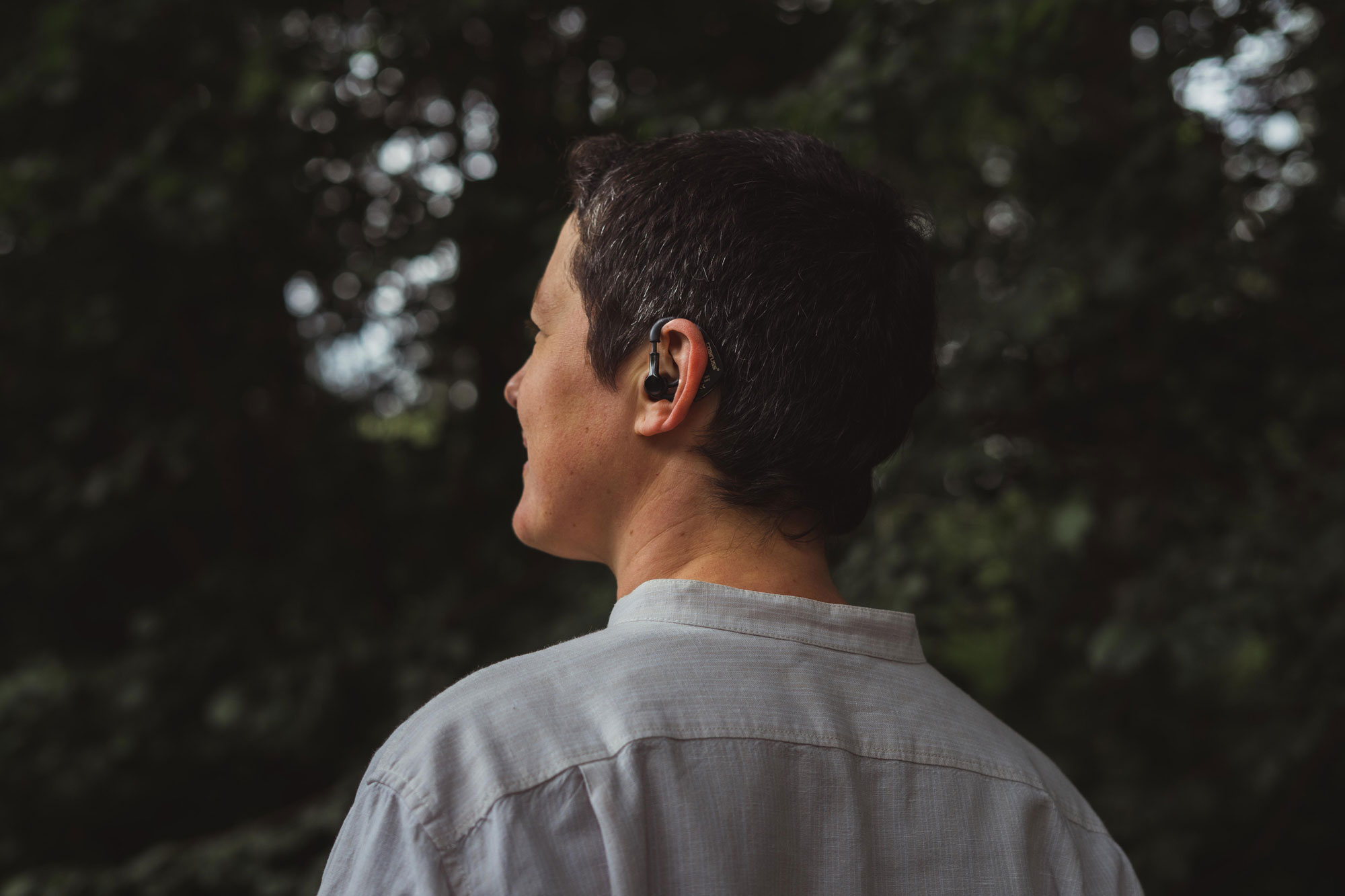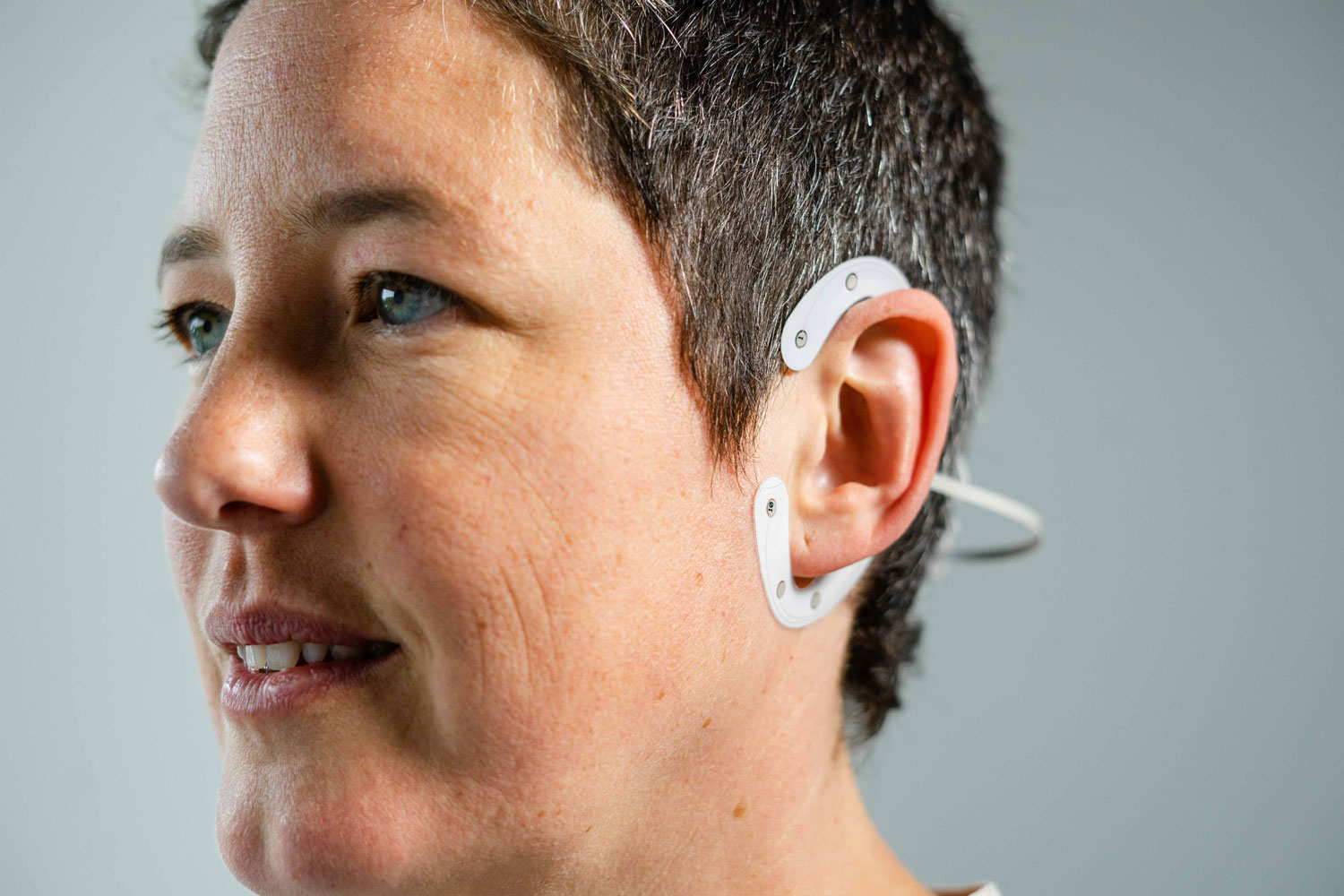»MOND« project will facilitate better diagnosis and treatment of epilepsy
It is the details that make all the difference. Epileptic disorders can vary greatly in terms of type, cause and severity. This makes having accurate knowledge of the person’s individual medical condition very important when choosing a custom-fit therapy. To date, physicians have to rely on accounts by the person concerned and those close to them when estimating how often seizures occur. However, this information is often incomplete, as seizures are not always consciously perceived. The partners in the »MOND« project are working on a solution: A mobile neurosensing system suitable for everyday use that detects epileptic seizures automatically and documents them for the purpose of medical anamnesis and optimisation of patient safety. The project, which started in April 2020, is coordinated by the Division Hearing, Speech and Audio Technology of the Fraunhofer Institute for Digital Media Technology IDMT in Oldenburg.



The catchy title »MOND« stands for the project’s clear objective: The conceptual development of a »Mobile, Smart Neurosensoring System for the Detection and Documentation of Epileptic Seizures in Daily Life«. A fully documented clinical picture of epilepsy patients would be a major success because it would facilitate highly accurate diagnosis and treatment. »The affected persons themselves, however, often gauge the frequency and intensity of their seizures incorrectly. There can be various reasons for this. Symptoms cannot always be clearly attributed or remain unnoticed, for example, when the person is asleep. We estimate that only 50 % of seizures at most are consciously perceived,« explains Professor Rainer Surges, Director of the Department of Epileptology at the University Hospital of Bonn.
So far, an automatic, mobile documentation of epileptic seizures outside the hospital is not reliably possible. Such an approach would, however, close existing gaps in patients’ medical records and when assessing a therapy’s success. With the analysis of an electroencephalograph (EEG), i.e. of the brain’s electrical activity, recorded in mobile mode, the »MOND« project consortium is treading new and promising ground. This is, however, not without major challenges. The EEG signal itself and its interpretation are complex. Any movement or the slightest muscle contraction (eye movement, talking, walking) causes massive signal interference or produces false measurement results. In the framework of the project, the consortium wants to tackle these false results, known as »artefacts«, using artificial intelligence methods.
Sensors near the ear ensure suitability for daily use
In addition, a system must be developed which is as inconspicuous as possible and at the same time can be worn very comfortably in everyday life. Dr Insa Wolf, Head of Mobile Neurotechnologies at the Fraunhofer IDMT, explains: »We’re planning to gather data via a mobile recording unit worn on the ear for EEG and other biosignals. We’ll compare two different EEG systems – one in the ear and the other as a flexible adhesive electrode behind it – in terms of performance and wearing comfort. We hope that especially the EEG data will lead to a clinically significant improvement in the detection of epileptic seizures.« The project builds on the work and findings of the »EPItect« project funded by the Federal Ministry of Education and Research, in which a number of consortium members already played an active role (University Hospital of Bonn, Cosinuss GmbH, Fraunhofer ISST).
Collaborative research for the good of the patient
Experts in technology development and clinical trials have joined forces in the »MOND« project. An important starting point for the work is an in-ear sensor developed by Cosinuss GmbH, which continuously measures the following vital signs: Heart rate, body temperature, oxygen saturation and respiration rate. It is now being augmented with the EEG recording components. The Fraunhofer IDMT and the Carl von Ossietzky University of Oldenburg are contributing both methodical expertise as well as extensive experience in the areas of neurotechnology, pattern recognition and machine learning. The adhesive electrodes that are placed around the ear (»cEEGrids«) and that are used as an additional EEG system in the project are also a development of the University of Oldenburg. For its part, HörTech gGmbH is focussing on the early integration of users and the system’s wearing comfort. The planning and implementation of the patient-centric project studies are being conducted together with the University Hospital of Marburg under the leadership of the University Hospital of Bonn. In addition, the Fraunhofer ISST and the Institute for Medical Management and Health Sciences (IMG) of the University of Bayreuth are looking to integrate the new sensor-based technologies into the existing system landscape, telematics infrastructure and patient treatment. The IMG is also the project partner responsible for assessing the health economics.
For the Fraunhofer IDMT, the »MOND« project is of particular significance. Dr Jens-E. Appell, Head of Department Division Hearing, Speech and Audio Technology in Oldenburg, explains: »Hand in hand with the university, the development and application of mobile neurotechnology is a central research topic for us that is very important along our path to becoming an independent Fraunhofer Institute in Oldenburg. We’re all the more pleased that we can bundle our know-how in the »MOND« project with excellent research, development and application partners and work together on improving the situation for epilepsy patients.«
Note on funding: The »MOND« project is funded by the Federal Ministry of Health in the framework of the funding line »Digitale Innovationen für die Verbesserung der patientenzentrierten Versorgung im Gesundheitswesen, Smarte Sensorik«.
The Hearing, Speech and Audio Technology Division (HSA) at the Fraunhofer Institute for Digital Media Technology IDMT in Oldenburg
The objective of the Hearing, Speech and Audio Technology Division (HSA) of the Fraunhofer Institute for Digital Media Technology IDMT is to transpose scientific findings related to hearing perception and human-technology interaction into technological applications. Its applied research priorities are the enhancement of sound quality and speech intelligibility, personalized audio reproduction and acoustic speech recognition and event detection with the help of artificial intelligence. A further focus is the use of mobile neurotechnologies, which facilitate the recording of brain activity and utilization of the resulting data outside the laboratory too. Application fields include consumer electronics, transport, the automotive sector, industrial production, security, telecommunications and healthcare. Through scientific partnerships, Fraunhofer IDMT-HSA has close links with the Carl von Ossietzky University of Oldenburg, Jade University and other institutions engaged in hearing research in Oldenburg. Fraunhofer IDMT-HSA is a partner in the »Hearing4all« Cluster of Excellence.
The Division Hearing, Speech and Audio Technology HSA is funded in the program »Vorab« by the Lower Saxony Ministry of Science and Culture (MWK) and the Volkswagen Foundation for its further development.
Last modified:
 Fraunhofer Institute for Digital Media Technology IDMT
Fraunhofer Institute for Digital Media Technology IDMT